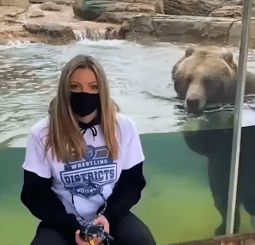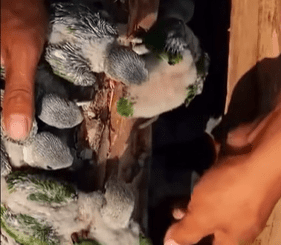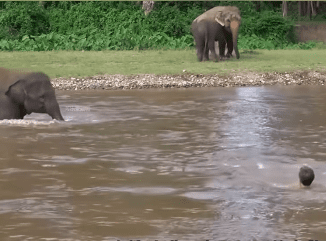Tiger cubs, one of the powerful symbols of forest ecosystems, are not only notable for their beauty but also play a crucial role in the food chain and ecological balance. The relationship of tiger cubs with other animals in the forest is diverse, ranging from peaceful interactions to fierce predatory behaviors.

1. Tiger Cubs and Prey Species

Like adult tigers, tiger cubs are carnivorous. They typically hunt medium-sized animals such as deer, wild boars, and smaller primates. In their early stages, tiger cubs learn from their mothers how to hunt and recognize prey. These skills ensure their survival and help maintain balance in wildlife populations.
2. Impact on Animal Populations
As tiger cubs grow into adulthood, they play a key role in controlling the populations of other animals in the forest. By hunting, they help keep herbivore numbers within reasonable limits, preventing overpopulation. The presence of tigers also protects plant species, as regulated herbivore populations allow vegetation to flourish.
3. Relationships with Other Species

Although tiger cubs are predators, they also interact with other animal species in the forest. Some animals, like elephants or bears, can share the same habitat without conflict. In some cases, tiger cubs may use other animals as warning signals, helping them identify nearby dangers.
4. Risks from Competitive Relationships
In the wild, tiger cubs also face competition from other predators like leopards or lions. Territorial disputes and competition for food can affect the development of tiger cubs and may lead to fierce confrontations. These competitive relationships, while tense, are essential to natural processes, driving evolution and survival.
5. Conservation and Sustainable Development

The existence of tiger cubs and their relationships with other animals in the forest are vital for maintaining ecosystems. Conserving tigers and their habitats not only protects the tiger species but also contributes to the preservation of many other wildlife species in the forest.
Conclusion
The relationship between tiger cubs and other forest animals is a complex system that includes both biological interactions and competition. These relationships ensure the survival of tigers while maintaining the balance of the entire ecosystem. Understanding these dynamics provides deeper insight into the richness of wildlife and the importance of nature conservation.


